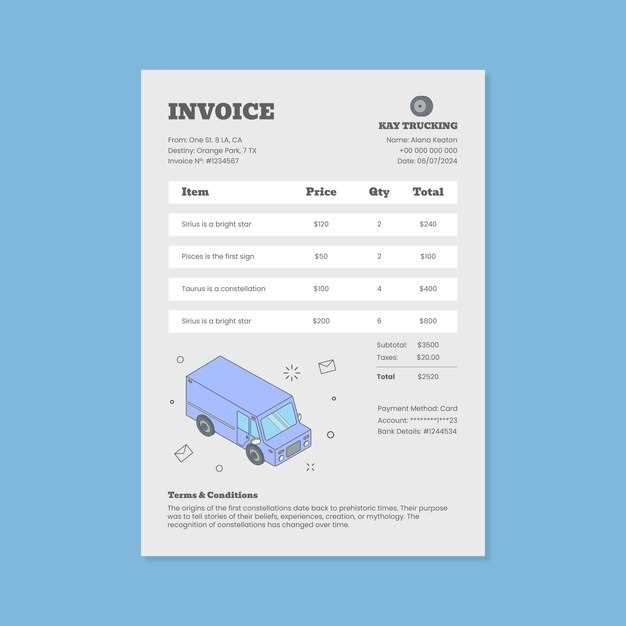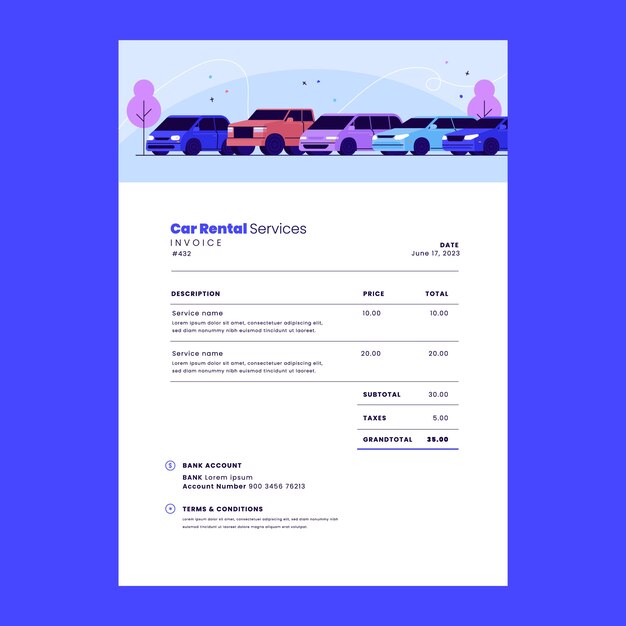
When preparing for auto transport, having the right documentation is crucial to ensure a smooth and efficient process. The primary document you will encounter is the bill of lading, which serves as a receipt for the vehicle being transported and outlines the terms of the transport agreement. This document is essential for both the transporter and the vehicle owner, providing proof of the vehicle’s condition at the time of pickup.
In addition to the bill of lading, there are several other important documents that play a vital role in facilitating the transport process. It’s essential to gather these documents ahead of time to avoid any complications or delays. Items such as the vehicle title, registration, and proof of insurance are key components that should not be overlooked.
Having a well-prepared document checklist ensures that you are fully equipped for the auto transport process. Understanding what documents are needed will not only streamline your experience but also protect your investment during transit. This article will guide you through the complete checklist of necessary documents for a successful auto transport.
Necessary Documents for Vehicle Pickup and Delivery
When arranging for vehicle pickup and delivery, having the correct documentation is essential to ensure a smooth process. Key documents involved in this operation include the bill of lading, registration papers, and insurance documents.
The bill of lading serves as a crucial receipt and contract between the vehicle owner and the transport company. It outlines the terms of transport, details of the vehicle being transported, and identifies the parties involved. This document must be signed by both the shipper and the carrier, confirming that both parties agree on the condition of the vehicle at pickup.
Additionally, the vehicle registration papers are necessary to prove ownership and validate that the vehicle is legally allowed to be transported. These papers may include titles, VIN (Vehicle Identification Number), and other relevant ownership documentation. Ensuring these documents are in order can expedite the pickup and delivery process.
Lastly, providing the appropriate insurance papers is vital. These documents should outline coverage for the vehicle during transport, protecting both the owner and the transport company in case of any unforeseen incidents. Having these insurance details readily available can prevent misunderstandings and ensure that all parties are aware of their responsibilities.
In summary, the bill of lading, vehicle registration papers, and insurance documents are essential for a successful vehicle pickup and delivery. Ensuring these documents are prepared and accurate is key to avoiding delays and complications in the transportation process.
Understanding the Bill of Lading and Its Importance

The Bill of Lading (BOL) is a crucial document in the auto transport industry. It serves multiple purposes and is essential for both carriers and customers. Understanding its components and significance can streamline the transportation process.
- Definition: The Bill of Lading is a legally binding contract between the shipper and the carrier. It outlines the details of the transport agreement.
- Receipt of Goods: The BOL acts as a receipt that confirms the carrier has received the vehicle in proper condition for transport.
- Title Transfer: The document serves as a title that can be transferred to others, which is critical during the sale or shipment of the vehicle.
Having a complete and accurate Bill of Lading is vital for several reasons:
- Legal Protection: In case of disputes, the BOL provides legal evidence detailing the terms of transport.
- Insurance Claims: This document is required for filing claims in the event of loss or damage during transit.
- Tracking and Accountability: The Bill of Lading helps in tracking the shipment, ensuring accountability at each stage of transport.
When preparing for auto transport, always ensure that the Bill of Lading is thoroughly reviewed and all necessary papers are filled out correctly. This attention to detail will facilitate a smooth transport experience and safeguard the interests of all parties involved.
Common Transport Papers and Their Specific Requirements

When engaging in auto transport, it’s crucial to be aware of the various transport papers required for a smooth process. Below are some of the most common documents and their specific requirements.
1. Bill of Lading
The bill of lading (BOL) is a vital transport paper that serves as a receipt for goods being transported. It contains details of the vehicle’s condition, transport route, and delivery instructions. Requirements typically include:
- Accurate vehicle description (make, model, VIN)
- Shipper and receiver information
- Signature of both the transporter and the customer
2. Insurance Documents
Insurance documents are essential for protecting against loss or damage during transport. Ensure that the transport company provides proof of insurance, which should include:
- Coverage amount
- Policy number and expiration date
- Type of coverage (liability, cargo)
3. Vehicle Registration
Providing current vehicle registration is necessary for validation. This document should include:
- Owner’s name and address
- VIN and license plate number
- Date of issuance and expiration
4. Title of the Vehicle
The title serves as proof of ownership and must be submitted to the transport company. Specific requirements include:
- Signatures of all recorded owners
- Copy of the title if the vehicle is financed
5. Power of Attorney (if applicable)
A power of attorney might be required if someone other than the vehicle owner is handling the transport. This document should specify:
- Name of the authorized person
- Scope of authority granted
- Expiration date, if applicable
Understanding these transport papers and their specific requirements is essential for a seamless auto transport experience. Ensure all documents are complete and accurate to avoid delays or disruptions during the process.



